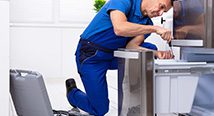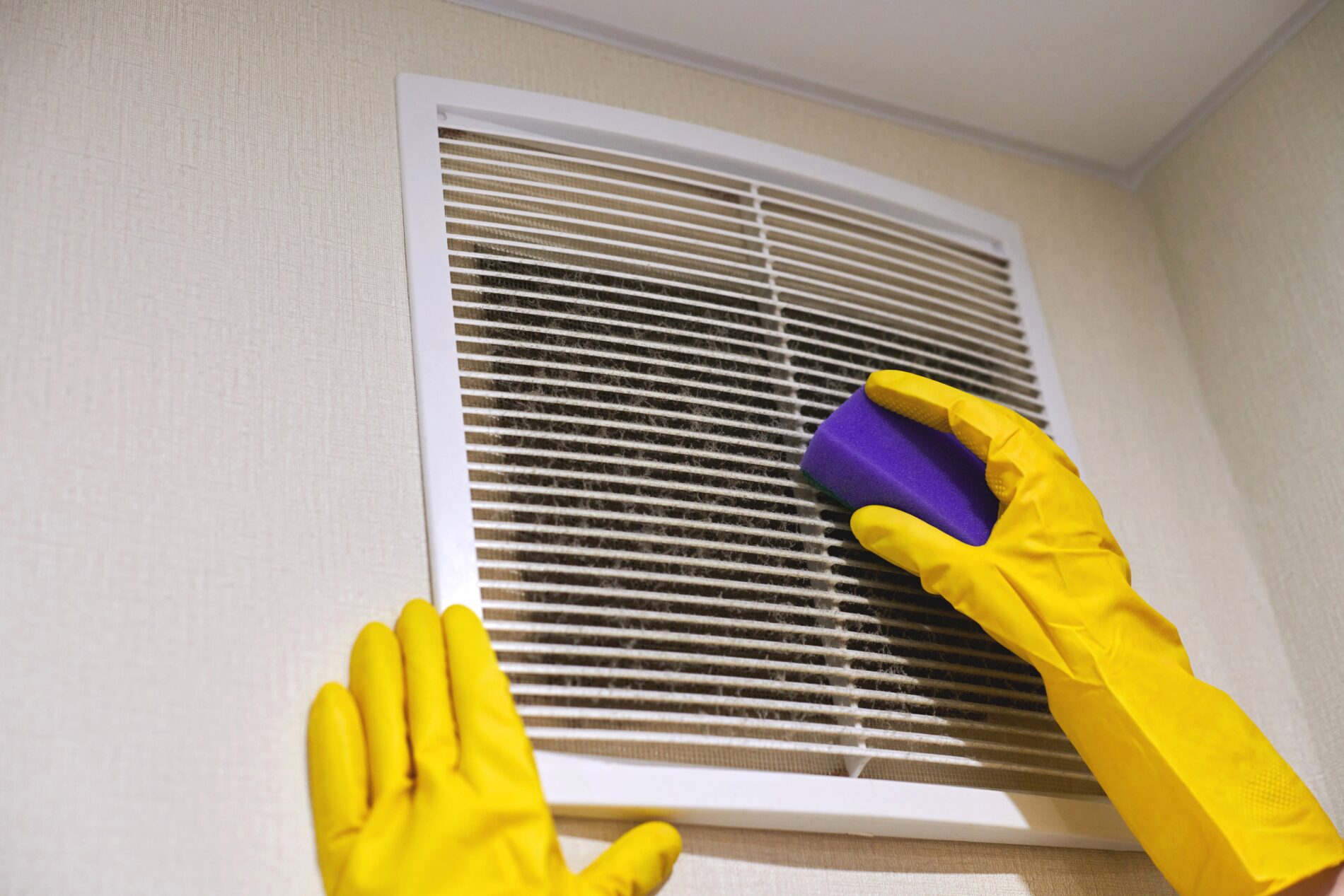Air Filtration
AC Repair Garland | Air Filtration in Garland
What’s What Air Filtration in Garland?
When selecting an air filtration in Garland, there are numerous factors to take into consideration. These include the types of filters available, the airflow rate, the number of hourly changes, CADR (Clean Air Delivery Rate) ratings, and various other aspects that contribute to the effectiveness of the system.
It is crucial to carefully evaluate each of these elements to ensure that the chosen air filtration system meets the specific needs and requirements of the environment in which it will be utilized.
- CADR
Clean Air Delivery rate indicates an air cleaner’s capacity to filter out airborne pollutants such as pollen, smoke, and dust. Each of these three pollutants carries a separate rating. The CADR rating is given in direct correlation to the type and size of filter used in an air filtration device. - Performance, Air Flow, and Air Changes per Hour
The speed of the fan is what determines the air flow as well as the type of filter utilized in the unit. The size of the room can also dictate the number of changes per hour.Air flow rate will give you the amount of air that passes through the air filtration system over a given period of time. Since air is a gas it can be measured in two distinctly different ways; by its mass, or by its volume.Airflow is abbreviated to CFM (Cubic Feet per Minute). It is essentially dependent on two separate factors, the power of the fan in your heating/cooling unit, and the efficiency of the filter in the air filtration unit. - HEPA Air Filtration in Garland | How Does It Work?
HEPA Filters are perhaps the most common choice and rightly so as it is also one of the most effective. They have been known to eliminate up to 99.9% of all airborne contaminants. Glass fibers are required in the production of HEPA filters. Due to the unique configuration in which the glass fibers are arranged, the air is allowed to pass through while larger contaminants such as allergens, dust, and mold are trapped by the smaller fiber openings. Adhesion of the glass particles also aid in the trapping of the larger allergens, etc.;In other cases, contaminants are trapped either by partial contact with the glass fibers or by being pressed against the filter through the strong airflow permitted by the glass fibers inside the air filtration unit.This dual mechanism ensures the effective capture of particles, contributing to the overall efficiency of the air filtration process. The intricate interplay between partial contact and forceful airflow showcases the versatility and reliability of the filtration system in capturing a wide range of contaminants present in the air.
Airborne particles are also sometimes attracted by particles already trapped within the filter. Thanks in great part to the several ways HEPA filters trap particles, a HEPA filter can collect as much as 99.9% of all airborne impurities. Providing the particles are larger than 0,3 microns in diameter.
Because most airborne contaminants fall into these three categories, the impact on the quality of the air you and your family breathe is not difficult to discern. A HEPA air filtration in Garland system is especially useful for people who suffer from asthma or allergies such as hay fever. With a HEPA filter in place, virtually all dust, allergens, pollen, dust mites, pet dander, mildew, and its spores can be virtually eliminated.
Call the air filtration in Garland experts AC Repair-Garland today at 469-229-7740 to discuss your air filtration in Garland system installation and how best to address your individual needs.

Various Repair Options
Solutions for Every Situation

